TIA invests in translational research infrastructure to enable seamless access to expertise and services vital to translate research discoveries into human health impacts. Our investment in people and capital lowers the financial bar to access expertise for all translational researchers, including academics, clinicians, medical research institutes and small-medium enterprises. Through initiatives such as the Pipeline Accelerator and Technical Feasibility Assessment voucher schemes, we also provide targeted funding support to fast-track promising projects. Our mission is to support and develop a vibrant and productive Australian Research and Development ecosystem.
The TIA consortium is enabled by the National Collaborative Research Infrastructure Strategy.
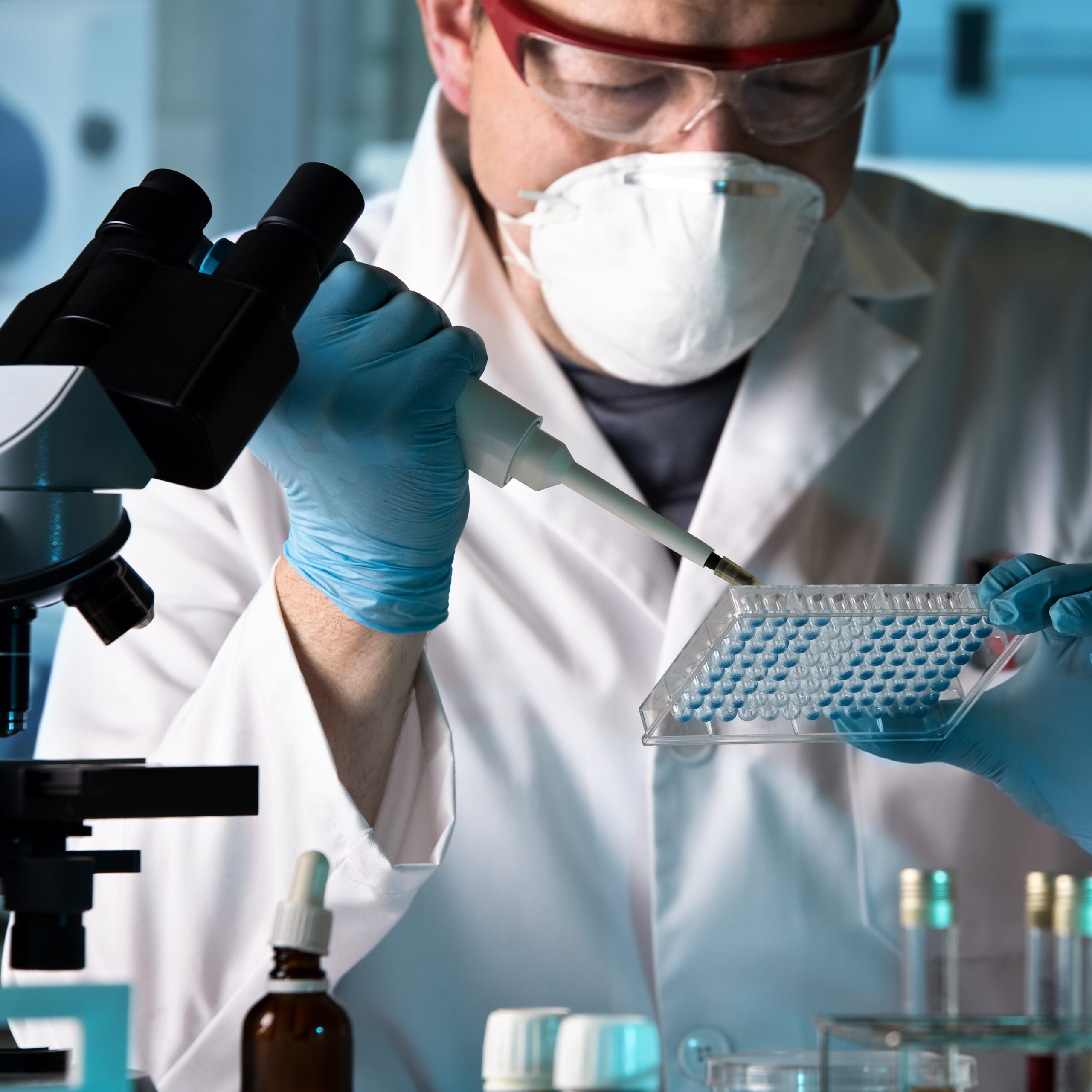

TIA enables open and subsidised access to a broad range of expertise across various therapeutic types (see left). Each area is supported by a dedicated broker/facilitator with relevant know-how and experience in areas such as research, clinical trials, translation and manufacturing. These facilitators ensure a smooth process of directing projects to the correct facility, advising and mentoring researchers, and supporting collaboration within and between capabilities.
To browse our accessible capabilities or find a specific facility, click the links below.
invested in facilities since 2018
accessible facilities in universities hospitals and research institutes
therapeutic development projects in progress
cleanrooms for manufacturing
expert scientists and
technicians supported
access vouchers awarded totalling $8.6M








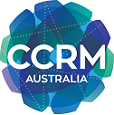

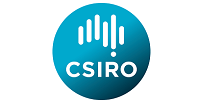































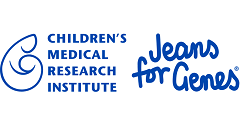





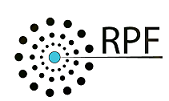
















Discovery and development of advanced biotherapeutics
Our Biologics and Vaccines capability supports therapeutic discovery, from screening of antibody libraries and production of recombinant proteins as small-molecule drug targets, through to novel, engineered biologics, vaccine antigens and diagnostic reagents, from discovery through to the scale-up and manufacturing of clinically-relevant material.
Facilities:
* Accessible via TIA Voucher
Integrated drug discovery and development
Small Molecule Therapeutics is a long-established pipeline of complementary capabilities supporting translation of projects from hit identification to preclinical efficacy testing. We offer access to compound libraries, high-throughput screening technologies and specialist development and preclinical expertise.
Facilities:
Screening facilities:
* Accessible via TIA Voucher
Development and testing of advanced therapeutic medicinal products
TIA brings together key national cell and gene therapy development and manufacturing facilities to enable development of cutting-edge advanced therapies. Our consortium has broad and deep expertise to support your project regardless of your project’s stage of development.
Facilities:
* Accessible via TIA vouchers
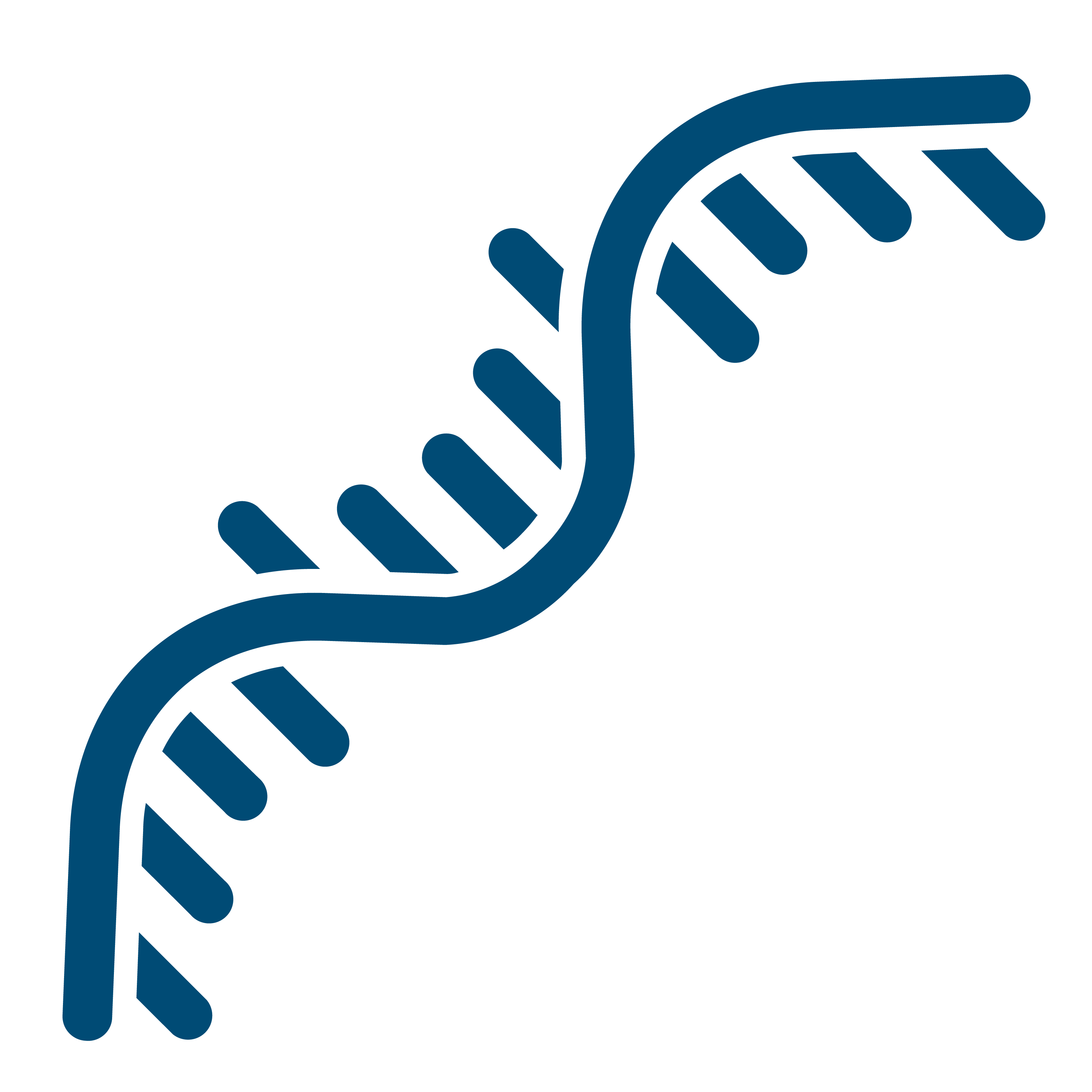

Support for cutting edge therapeutics
Our RNA Products Capability enables end-to-end mRNA vaccine and therapeutics development within Australia, providing a vibrant and productive pipeline built by onshore researchers – and complementing emerging commercial RNA service providers. We enable access to extensive experience in the design and production of high quality mRNA and synthetic RNA (e.g. siRNA, aptamers and guide RNA) with modified nucleotides, 5-cap and lipid nanoparticles (LNP) formulation for in vitro and in vivo studies.
Facilities:
* Accessible via TIA Voucher